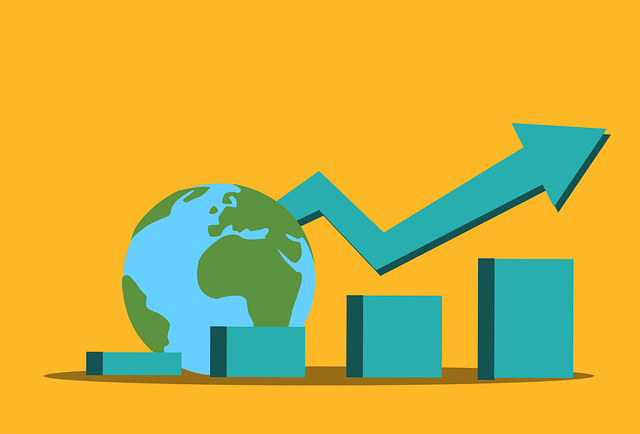A big part in macroeconomics is labor, which greatly affects the economy. The labor supply and demand can be understood as an interconnected whole with the rest of the economy from household’s spending money to governments, and corporations. First the labor supply goes into the workforce market and outside factors such as how well the businesses are doing and household spending can all affect the demand for labor in each specific industry.
Take for example the restaurant industry that needs labor in multiple areas, from the accounting for each restaurant or franchise, to managers, chefs, waiters etc. The demand and need for a waiter all goes into a big picture on how much demand there is for restaurants as a whole in your specific area or even as broad as the nation. For example, during 2020, there was absolutely zero demand for waiters as the demand for restaurants diminished to zero. People weren’t able to come out to eat due to limiting the spread of covid, and this was just one specific example of how the entire demand for an industry can be greatly affected and just shows how the labor market is crucial for the economy. Without waiters in this example, restaurants suffered, meaning local businesses shutting down, more people losing jobs which results in lower spending in the economy and more people enduring personal hardships with their finances. However, you could take this covid example in another example, where delivery drivers for these restaurants now saw a far higher demand in the market as people were now at home and were still able to order food to their door without going outside and having a chance of spreading covid. This led to a massive positive increase for the need of food delivery drivers creating strong demand where there was low supply at the time. This can even cause shifts in markets, as people might catch on to this, and the one’s displaced from work such as waiter’s might take on the job of a food delivery driver to make ends meet. This all works because there was money coming in as the government at the time issued out tons of stimulus checks feeding free money into the economy boosting up spending and one of these industries was food, as food got delivered to many people’s homes. This was an extreme example in a one of a kind situation that covid put across the economies all across the world.
When understanding the larger concept of labor supply and demand, you will need to notice how macroeconomic terms discussed previously such as the unemployment rate, wage inflation and current economic growth factors and situations are all factors that can affect the labor market. The overall supply and demand in the labor market is dictated by the interaction of individuals seeking work or employment and businesses that are in need of that labor or skill set. Labor supply comes from the number of individuals that are willing to work in an industry and can be influenced by social norms to even economic factors such as our previous example with the unique scenario covid put on the world.
Labor demand on the other hand, represents what businesses are willing to employ in order to efficiently grow their business and how needed that labor is for them. This can be influenced by industry growth to government regulations. For example, a software engineer will probably continue to be in demand as supply is still low for skilled ones, and are still needed in the fast growing technology industry that has been exploding in growth over the last few decades and will most likely continue to as well.
Serving as an everlasting cycle of uptrends, downtrends, patterns, and systems, macroeconomics shows us how money moves through the world through a large lens. We see how interactions between different parts of the world can provide immense effects on individual economies, and how we can see economic history repeat itself again and again. With our understanding of these topics taken care of, we can now take a deeper dive into economics with a smaller lens: microeconomics.







